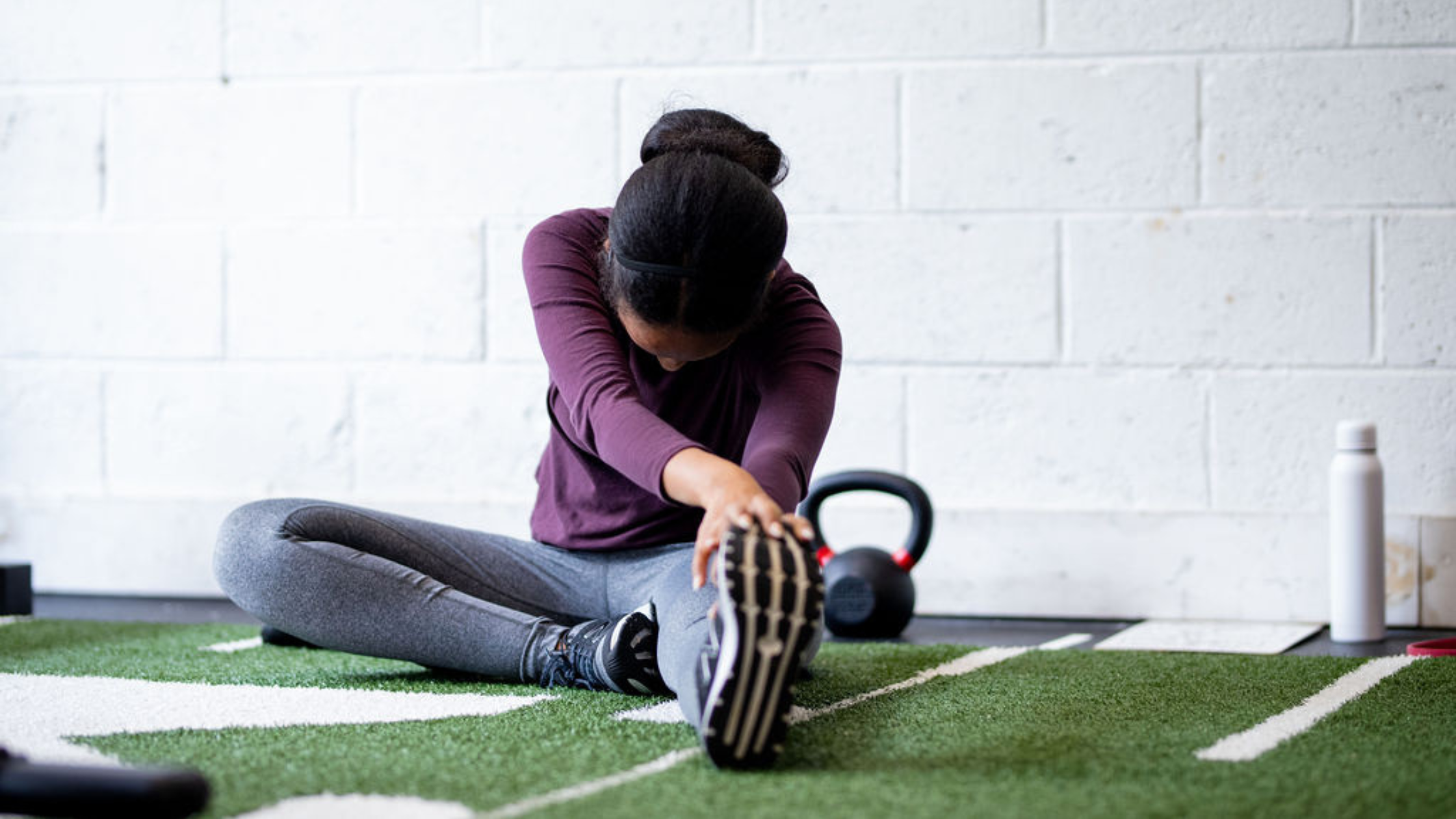Enhancing Recovery: The Importance of Stretching & Self-Myofascial Release
In the world of fitness, pushing your limits is essential for progress. But what happens after the workout? Recovery. It's the often-overlooked cornerstone of any effective training program. Today, we're diving deep into two powerful recovery techniques: static stretching and self-myofascial release (SMR) via foam rolling.
What Does Recovery Mean to You?
Before we delve into the science, let's reflect. What does recovery mean to you? Is it simply resting? Or is it a proactive process of restoring your body? At Noble Clay Fitness, we believe recovery is a dynamic practice that allows your body to repair, rebuild, and come back stronger.
The Science of Recovery: Why It Matters
Why is recovery so crucial? Without it, your body can't effectively repair and strengthen itself after exercise. This increases the risk of overuse injuries and performance plateaus, hindering your progress.
Key recovery mechanisms include sleep, nutrition, hydration, and active recovery techniques like stretching and SMR. These techniques specifically target muscle tension and improve mobility, enhancing your body's ability to bounce back.
Static Stretching: Elongating Muscles for Optimal Flexibility
Static stretching involves holding a muscle in a lengthened position for 20-30 seconds, typically after a workout when muscles are warm and pliable.
| Benefit | Description |
|---|---|
| Improved Range of Motion | Enhances flexibility and joint mobility |
| Reduced Muscle Stiffness | Alleviates tightness and tension |
| Injury Prevention | Corrects imbalances that can lead to injuries |
| Relaxation | Promotes physical and mental relaxation |
Focus on commonly tight areas like hamstrings, hip flexors, calves, shoulders, and the lower back.
Self-Myofascial Release (SMR): Breaking Down Muscle Knots with Foam Rolling
SMR, primarily through foam rolling, targets the fascia—the connective tissue surrounding muscles—to alleviate muscle tightness and improve mobility.
| Benefit | Description |
|---|---|
| Breaks Down Adhesions ("Knots") | Releases tension and improves muscle function |
| Enhances Blood Flow | Promotes nutrient delivery and waste removal |
| Improves Mobility & Flexibility | Increases range of motion and reduces stiffness |
| Reduces Post-Exercise Soreness | Minimizes Delayed Onset Muscle Soreness (DOMS) |
Foam rolling can be used pre-workout to prepare muscles or post-workout to enhance recovery. Focus on areas like calves, quads, IT band, glutes, upper back, and lats.
Let's Recover: A 35-Minute Foam Rolling & Stretch Routine
Ready to experience the benefits of stretching and SMR? Here's a 35-minute routine:
| Phase | Activity | Duration |
|---|---|---|
| Warm-Up | Deep breathing, light mobility work (e.g., arm circles, hip circles) | 2 minutes |
| Foam Rolling | Neck | 1 minute |
| Upper Back | 1 minute | |
| Lats (each side) | 1 minute per side | |
| Deltoid & Pecs (each side) | 1 minute per side | |
| Glutes/Piriformis (each side) | 1 minute per side | |
| Hamstrings (each side) | 1 minute per side | |
| Calves (each side) | 1 minute per side | |
| Quadriceps (each side) | 90 seconds per side | |
| IT Band (each side) | 1 minute per side | |
| Adductors (each side) | 1 minute per side | |
| Subtotal | 20 minutes | |
| Static Stretching | Hip Flexor Stretch (each side) | 1 minute per side |
| Hamstring Stretch (each side) | 1 minute per side | |
| Adductor Stretch (each side) | 1 minute per side | |
| Low Back Stretch (each side) | 1 minute per side | |
| Sideline Stretch (each side) | 1 minute per side | |
| Subtotal | 10 minutes | |
| Cool-Down | Deep breathing and relaxation | 2 minutes |
Don't Underestimate the Power of Recovery
Recovery is not a luxury; it's a necessity. By incorporating static stretching and SMR into your routine, you can enhance your performance, prevent injuries, and reach your full fitness potential.
Ready to implement these recovery techniques into your routine? At Noble Clay, we offer guided sessions and personalized programs to help you maximize your recovery. Contact us today to learn more.

